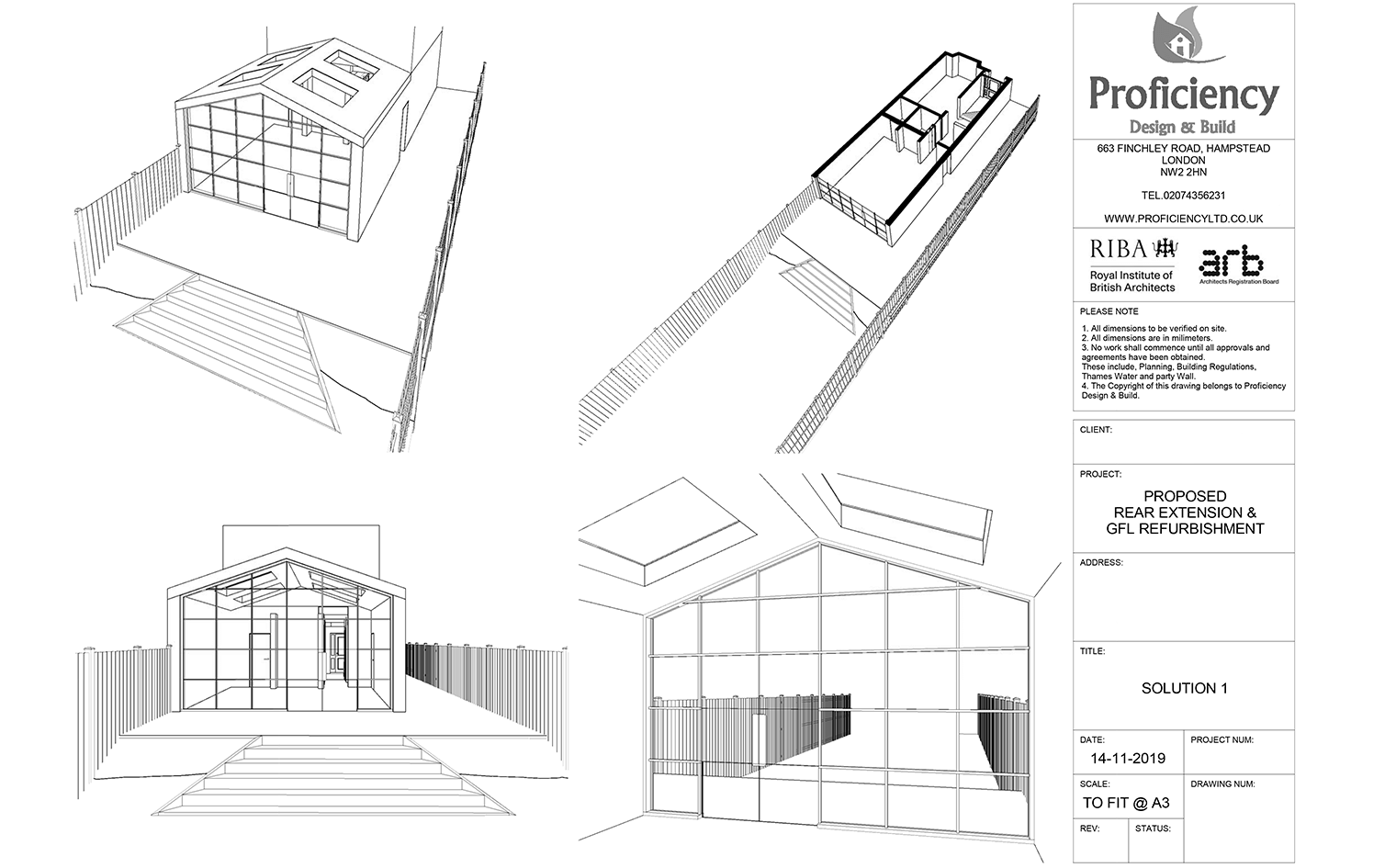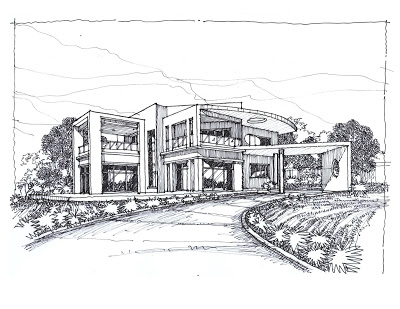The 6-Second Trick For Janjic Architecture
The 6-Second Trick For Janjic Architecture
Blog Article
Janjic Architecture for Dummies
Table of ContentsIndicators on Janjic Architecture You Need To KnowWhat Does Janjic Architecture Mean?The Greatest Guide To Janjic ArchitectureNot known Factual Statements About Janjic Architecture
Architects are specialists that develop buildings and various other structures, guaranteeing they are both useful and visually pleasing. They are accountable for developing areas that meet the demands of individuals who utilize them while likewise thinking about safety, sustainability, and conformity with building laws. Designers take into consideration safety and security, functionality, ecological effect, power performance, and local zoning legislations while creating layouts for numerous sorts of frameworks, consisting of household, industrial, public structures, and even specialized structures like medical facilities and schools.
Engineers do far more than layout visually pleasing buildings. They are involved in every phase of a building's building and construction, from its conception to the ribbon-cutting ceremony. On any type of given day, an engineer might satisfy with customers, prepare construction papers, or see a worksite. A designer's particular responsibilities change from job to task, yet common obligations include:: Establishing structure principles and designs, consisting of theoretical illustrations, 3D versions, and renderings to envision the last product.: Preparing in-depth drawings and plans using sophisticated software such as AutoCAD, Revit, SketchUp, or an additional tool, guaranteeing that all technological specs are included.: Teaming up with customers, designers, professionals, and various other stakeholders to incorporate feedback, guarantee the style fulfills customer demands, and keep placement with task goals.
: Making sure jobs adhere to building regulations, zoning regulations, security regulations, and ease of access requirements to guarantee the security, legality, and high quality of the final framework. Designers use a lot of hats in their day-to-day work, so the abilities required to be effective as an architect are diverse. Some vital skills you need to work as an engineer include:: Combine aesthetic allure with functionality to create lovely and functional spaces.: Use advanced math concepts, consisting of geometry and physics, to make certain layouts are risk-free and functional.: Solve design-related and legal issues successfully to maintain projects on track.: Guarantee every aspect of the layout is accurate to stay clear of setbacks.: Collaborate effectively with customers, engineers, contractors, and other professionals.: Work well with others to bring jobs to fulfillment, collaborating with numerous stakeholders.: Take ownership of tasks and encourage teams to guarantee effective implementation.
Some trainees select to gain both the B - Architecture firm.Arch and the M.Arch; nonetheless, this is not a requirement for licensure. If you have a four-year bachelor's level in design or one more discipline, you can gain an M.Arch and qualify for architecture licensure. Ending up being a designer requires extensive training and a broad array of coursework
Some Known Factual Statements About Janjic Architecture
These courses prepare students for the varied obstacles of architectural technique, furnishing them with the abilities required to succeed in their occupations. Ending up being an engineer calls for devotion, imagination, and a clear understanding of the actions entailed. From education to licensure, this overview offers a general roadmap for aspiring designers to browse the path toward an effective job in architecture.
There are a few different courses to ending up being a designer, but the two listed here are the main methods:: This is a five-year undergraduate program that gives fundamental understanding in architectural layout, background, concept, and innovation. It is among one of the most typical courses to coming to be an architect.: The M.Arch is a graduate-level program for students that currently hold an undergraduate degree.
This multi-division exam examinations your abilities and expertise of design. The existing version of the exam is called ARE 5.0 and includes 6 divisions. Should be passed within 5 years to certify for design licensure.
After obtaining your certificate, you can officially practice as a designer and start working independently or with a firm. The NCARB Certification is a credential that facilitates reciprocity, enabling you to work throughout multiple territories.
Janjic Architecture Fundamentals Explained

(https://janjic-architecture-c98dee.webflow.io/)Construction can be equal components interesting and stressful. It's interesting to see your vision come to life, you might feel overloaded by routines, repayments, and unanticipated scenarios. We believe the most successful projects take place when the architect plays an active role in building and construction, and throughout the process, we remain in consistent interaction with our clients and their service providers.
The Basic Principles Of Janjic Architecture
Before diving into expectations, we ought to first discuss the duty of a designer in building and construction. Many of an architect's work occurs prior to construction starts, they remain on the task up until conclusion.
On the majority of projects, nonetheless, you will primarily connect with your engineer. Typical communication circulation in between owners, architects, and service providers. Throughout building and construction, a quality architect will certainly see the progression, upgrade you on any adjustments, and supporter for your rate of interests when items are not in conformance with the agreement records. Particularly, you can anticipate your designer to carry out the adhering to duties: Prior to building begins, your designer will certainly establish expectations with you and your service provider.

Report this page